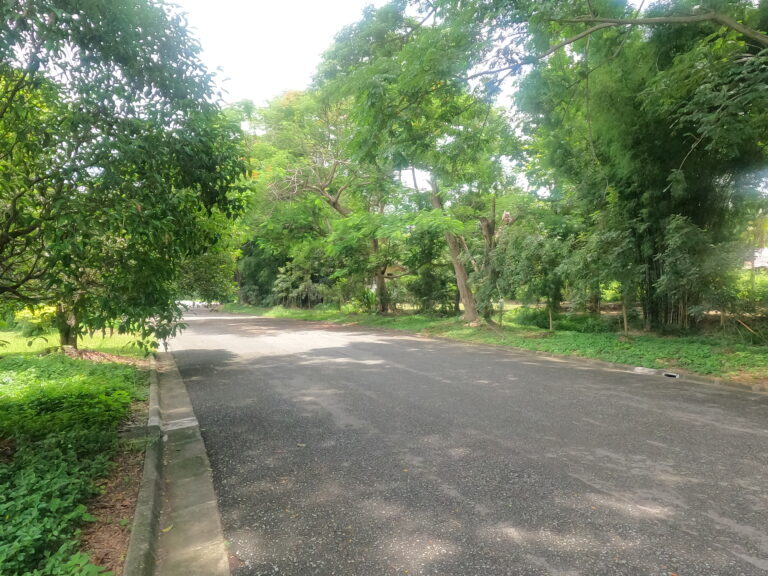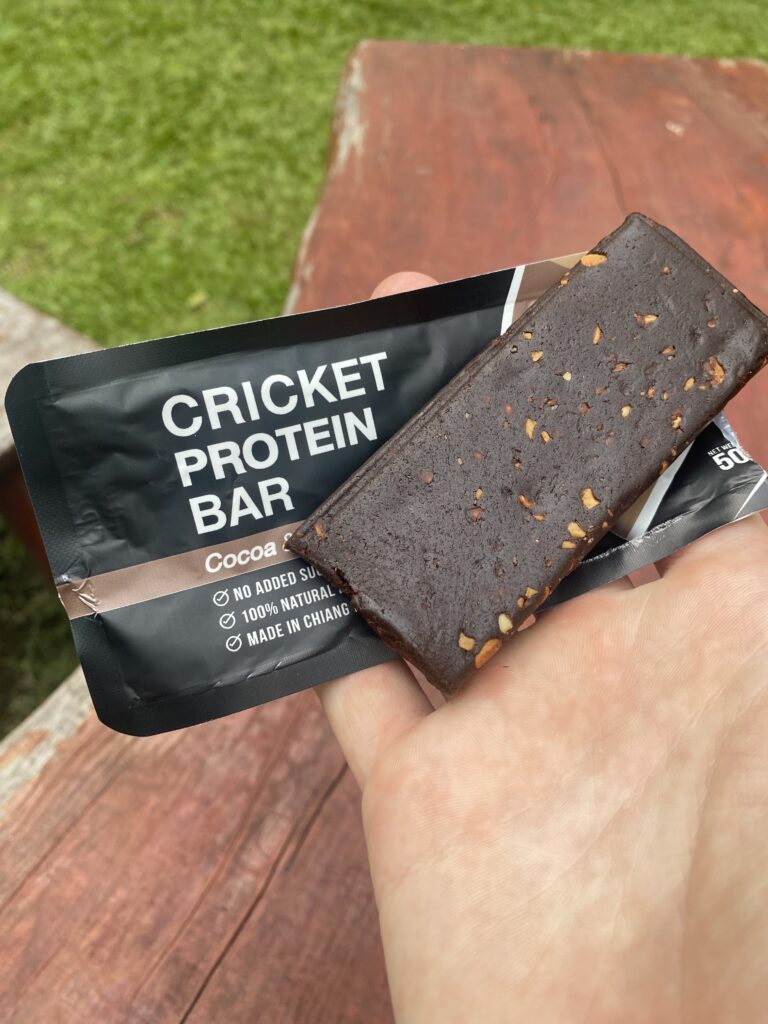My first time trying the national dish of Malaysia! + a rough time learning Malay.
Day two of our trip.
Nasi Lemak for the first time!
On our trip back to the US, we intentionally stopped for two nights in Kuala Lumpur, Malaysia, to break the trip up. We had just had a good night’s sleep and were ready for action.
The new day in Malaysia promised a lot. I was looking forward to visiting the famous Batu caves, but our hunger impeded us, so we took to the streets that spread around from the base of our hotel to find some food. Any would do as our hunger escalated.
It wasn’t just any food that we found. It was nasi lemak, Malaysia’s national dish.
Nasi refers to the rice, and lemak means rich or creamy because of the coconut milk it’s made with. This dish is often served with sambal, which is a shrimpy, peppery sauce, ikan bilis which are fried anchovies, and a fried or boiled egg.
This dish is beloved by Malaysians, and I know why. My mouth waters when I think about it.
If you like foreign foods like I do, this dish is a must-try.
My language skills are overtaxed.
While in Malaysia, I’ve busied myself with learning Malay by asking people instead of using the Internet. The last time we were here (link to that post ‘Adventure on a Malaysian Junket’) I learned the phrase terima kasih, which is ‘thank you’.
After a month in Thailand, I was ready to expand my Malay vocabulary. And I didn’t even have to wait until we got into the country.
Sitting side-by-side on the airplane, a Malaysian man and I had a great conversation, during which I was able to ask him how to greet someone in Malay (he also recommended that I try nasi lemak). After learning that the typical phrase of greeting is just ‘hello’, I asked about ‘how are you’, which is apa khabar and I said that over and over to myself. Today, I got a chance to try it with another Malay and it did not work; the guy just looked at me like I had a mushroom growing out of an ear.
I knew I had to ask someone else to hone my pronunciation so when we headed over to lunch, I found that opportunity. A friendly staff member at the restaurant helped me out when I asked, and I realized that I had been pronouncing the last part, the khabar part, as ‘hobbla’ instead of ‘hob-baa’. I really should have looked it up because that probably could have helped my pronunciation.
…
Indy from the future here putting in some info. The next time I said apa khabar, it worked! I was so pumped. The man said ‘bobby’ something something that I didn’t understand, and I was mentally like “YES! That was ripping.”
It wasn’t even a day later that my luck ran out.
The lady just studied me with a funny expression and a little smile as I tried to formulate my version of apa khabar into something she understood. By my second utterance, the situation was declining rapidly from the westerner-trying-to-learn-a-little-Malay to the foreigner-who-had-lost-all-control-over-his-vocal-organs, so I used my emergency language. My linguistic genius might surprise some of you, but I also know the ‘how are you?’ phrase in English (my first and only language), so I resorted to that and the sweaty encounter was rectified because she also spoke decent English.
Back to the nasi lemak.
…
I also asked the kitchen staff how to say ‘delicious’ and the answer was ‘sedap’. They all rallied together, and I hesitantly joined in their rousing cry that nasi lemak was sedap!
It’s rather shocking how much people are willing to teach if you’re willing to learn.
We finished up our lunch and set out, leaving the restaurant and its stellar food behind for Malaysia’s famous Batu Caves.
There was a lot in store for us.
A massive golden statue, a huge cavern, and wild monkeys (who got rather hands-on with us tourists).






